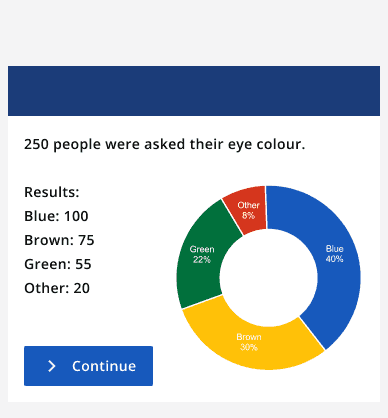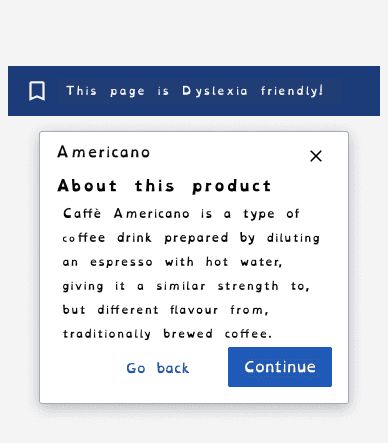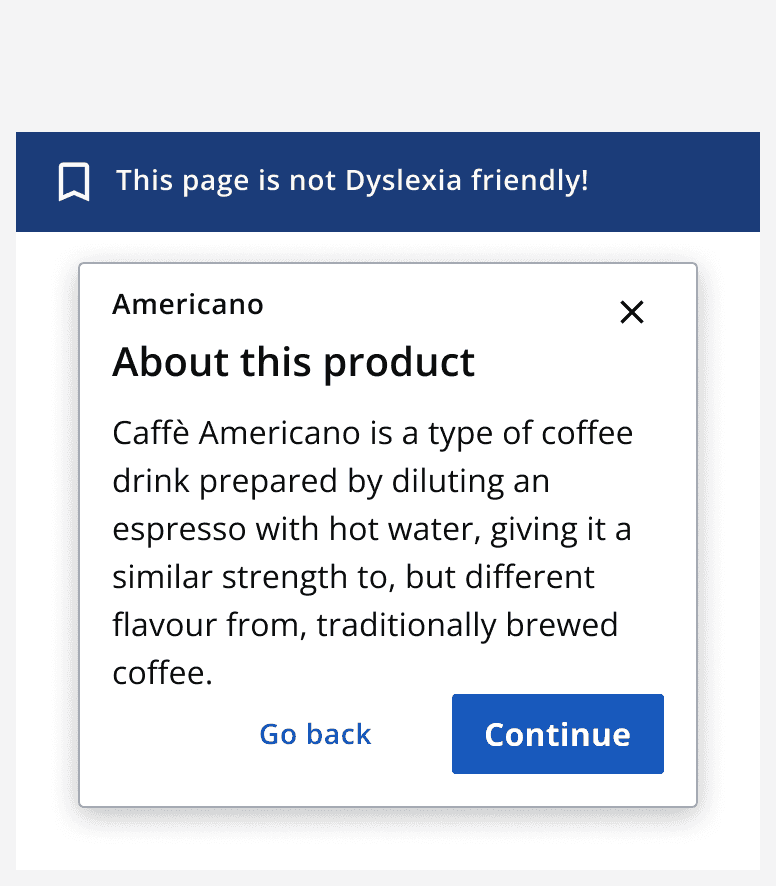Neurodiversity
Neurodiversity
Introduction
The terms neurodiversity, neurodifference and cognitive impairment cover a broad range of impairments or differences.
Neurodiversity and neurodifference are umbrella terms referring to a group of conditions that share common features. These features often centre around differences in how people learn and process information.
People with neurodiversity often describe themselves as having a different set of skills, abilities and ways of seeing the world.
Types of neurodiversity
Improving a design for one set of needs often improves the experiences for other groups. It's quite common that some types of neurodiversity share needs with others.
It's important to remember that neurodiversity isn't always a disability or impairment. Neurodiverse people might not identify as having accessibility needs, but will still benefit from support and accessibility considerations.
Not all types of neurodiversity and cognitive needs are included in these examples.
Dyslexia
People with Dyslexia may have difficulty processing and remembering information they see and hear, which can affect learning and the acquisition of literacy skills. Dyslexia can also impact other areas such as organisational skills.
6.3 million people (around 10% of the UK population) have dyslexia.
Dyspraxia/Developmental Coordination Disorder
Developmental Coordination Disorder (DCD), also known as dyspraxia, is a common disorder affecting fine and/or gross motor coordination in children and adults.
Many non-motor difficulties may also be experienced. These include memory, perception and processing as well as additional problems with planning, organising and carrying out movements in the right order in everyday situations.
Dyscalculia
Dyscalculia affects someone's ability to understand, recall or use numerical information. Some people may feel anxious when having to undertake any mathematical tasks.
Dyscalculia can also affect how numerical information is processed; some people can also have difficulty with memory, speed of thinking, organisation and sequencing. People with dyscalculia may not understand numerical references such as percentages.
Irlen Syndrome
Irlen Syndrome is a perceptual processing disorder. It can affect what words and letters look like, including how well someone can read. It's distinct from dyslexia.
It can be the cause of unexplained symptoms such as headaches, eye strain and fatigue.
Attention Deficit conditions
Attention deficit hyperactivity disorder (ADHD) leads to difficulties in maintaining attention as well as impulsive and hyperactive behaviour.
The effects on people can include, but aren't limited to:
-
Trouble holding attention on tasks.
-
Avoidance or dislike of tasks that require a lot of mental effort.
-
Forgetfulness.
-
Trouble organising tasks and activities.
Spectrum conditions (including Autism and Asperger's)
Autism (including Asperger's) is a spectrum condition that affects the way someone sees the world, processes information and interacts with others.
In the workplace, even when their qualifications and skill levels are ideally suited to the work concerned, someone may experience difficulties interacting with colleagues, and this can affect their ability to remain in employment. These may include:
-
Not understanding abstract concepts.
-
Needing extra time to process information or answer questions.
-
Over- or under-sensitivity to light and sound.
Around 700,000 people in the UK are on the autistic spectrum. Only 16% of people with autism in the UK are in full time paid employment.
Read more about
How to design for neurodiversity
In addressing some of the design tips below, we make it easier for everyone to use our apps.
Use colour properly
Some people understand colour differently or may not be able to infer a relationship between colour and meaning.
Always use
Use graphics alongside text
Some people find it easier to look at images. Use graphs, icons and colour alongside text to provide a different way to consume information.
All images and icons must use
alt
(alternate) text and captions.


Don't expect the user to remember
If you use multiple input steps, make sure you remind users what they've entered before. Don't expect people to switch (or remember) between screens to see what they typed in previously.
Use simple words
Where possible, use
Allow browser customisations
Some people rely on Operating System or Browser settings to change the colours of their apps. Make sure what you build can be used with platform settings.
These include Windows High Contrast mode, macOS increased contrast and browser extensions that modify CSS styles.

